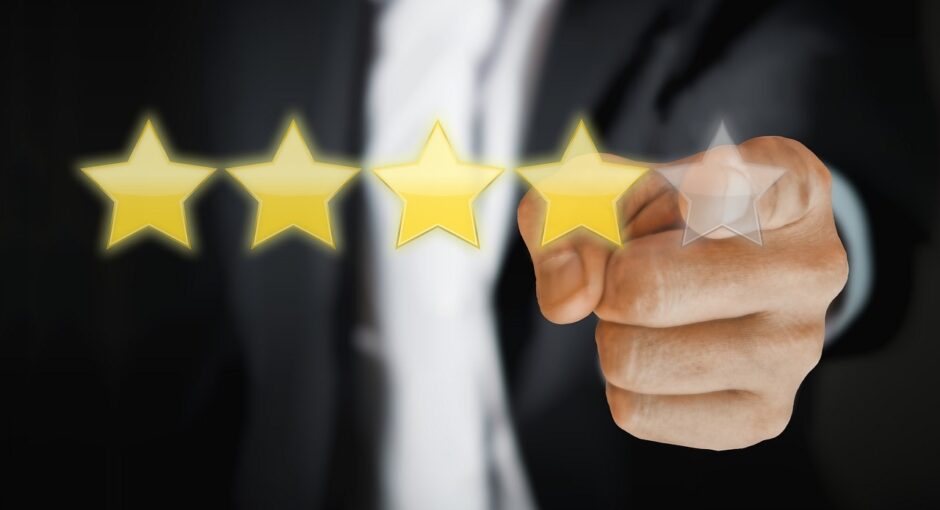For any business, reputation is more than just recognition—it’s trust, identity, and value combined. A single logo, slogan, or product name can represent years of investment and customer loyalty. But when that trademark is stolen or misused, all of that hard-earned credibility can vanish overnight. Trademark theft is no longer just a legal inconvenience; it’s a direct attack on brand integrity and consumer confidence.
The Real Cost of Trademark Theft
When another company or individual uses your brand’s name or logo without authorization, it can mislead customers, damage your image, and even divert sales. Consumers might associate your brand with poor-quality products or unethical behavior simply because someone else is misusing your trademark. This confusion can be devastating, especially in industries where trust is everything—like fashion, tech, and healthcare.
Many companies underestimate how vulnerable they are until it’s too late. Proactive measures such as trademark protection services can help prevent this problem, but even then, brand owners must stay vigilant. Once reputational harm occurs, recovery can take months or even years.
How Trademark Misuse Erodes Brand Trust
Brand loyalty relies heavily on consistency. When customers encounter a fake version of your product, it creates doubt—even among your most dedicated supporters. This erosion of trust can spread faster than you might expect, particularly in the digital age where misinformation travels instantly.

Typical Consequences of a Stolen Trademark
The impact of trademark misuse extends far beyond lost sales. Businesses often face a combination of financial, operational, and emotional consequences:
- Customer confusion: Fake versions of your brand cause uncertainty and mistrust.
- Legal expenses: Pursuing infringers through lawsuits can be time-consuming and costly.
- Loss of partnerships: Distributors and affiliates may distance themselves from a compromised brand.
- SEO and digital issues: Counterfeit websites can hijack your online presence and ranking.
- Brand fatigue: Constantly defending your identity drains time and morale from your team.
Where Trademark Infringement Often Happens
Trademark theft doesn’t only occur on a global scale. Many cases start small—on social media, in online marketplaces, or through unauthorized resellers. The following table shows common sources of trademark misuse and their typical impact levels:
| Source of Infringement | Example | Potential Impact |
|---|---|---|
| Social Media | Fake brand pages or impersonation profiles | High reputational risk and customer confusion |
| Online Marketplaces | Unauthorized sellers offering counterfeit products | Revenue loss and brand dilution |
| Domain Cybersquatting | Copycat websites mimicking your brand | Traffic diversion and fraud exposure |
| Global Supply Chains | Foreign manufacturers using your logo | Hard-to-control international disputes |
Prevention and Damage Control
While total prevention may be impossible, companies can dramatically reduce risk with proper planning. Strong internal policies and quick response mechanisms can make all the difference between minor inconvenience and a full-blown crisis.

Here are practical steps businesses can take to safeguard their reputation before and after an infringement occurs:
- Register your trademark globally: Protection in one country isn’t enough if you sell internationally.
- Monitor online activity: Use digital tracking tools to identify misuse early.
- Work with enforcement partners: Legal specialists can expedite takedown requests and claims.
- Educate your audience: Teach customers how to identify authentic products or websites.
- Act quickly: The longer a counterfeit remains online, the greater the damage.
The Power of a Protected Identity
A brand’s reputation is its most valuable currency. Once lost, it’s incredibly difficult to rebuild. Investing in strong legal protection and digital monitoring isn’t just a defensive move—it’s a strategic advantage. Customers today value transparency and authenticity; when they know a brand actively defends its identity, trust deepens.
Ultimately, the question isn’t whether your business can afford trademark protection—it’s whether you can afford to operate without it. In a marketplace driven by instant visibility and global reach, your name is more than a symbol—it’s the foundation of your credibility.
